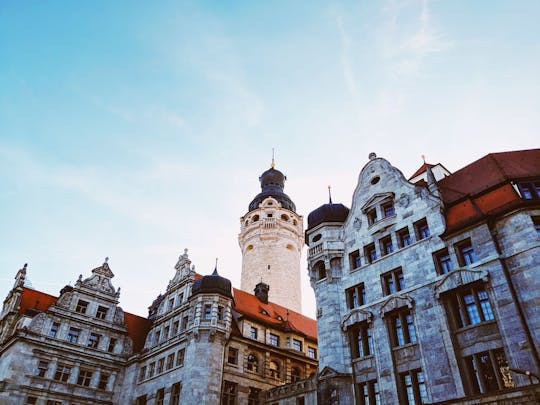Oltre un secolo fa, l'insediamento slavo di Chemnitz si trasformò in una delle città industriali più prospere della Germania. Nota come la "Manchester della Sassonia" o "Rußchamtz", questa città in rapida espansione era caratterizzata dai suoi numerosi camini fumanti. La sua crescita fu alimentata dal monopolio dello sbiancamento del lino in Sassonia e dalle vicine attività minerarie nei Monti Metalliferi, che favorirono un precoce sviluppo industriale. L'avvento della filatrice jenny e della macchina a vapore dall'Inghilterra innescò una rivoluzione industriale, portando alla costruzione di tutto, dalle macchine tessili alle locomotive, biciclette e automobili. Fino alla fine della seconda guerra mondiale, Chemnitz svolse anche un ruolo significativo nell'industria degli armamenti tedesca.
Tuttavia, questo segnò la fine dell'ascesa della città. Chemnitz fu rinominata Karl-Marx-Stadt prima di tornare al suo nome originale. Oggi è una città alla ricerca della sua identità, un luogo radicato che offre ai suoi residenti ampia libertà creativa pur continuando a fare molto affidamento sull'industria. Come Capitale Europea della Cultura 2025, Chemnitz mira a intraprendere un nuovo viaggio, questa volta nel regno della cultura.











